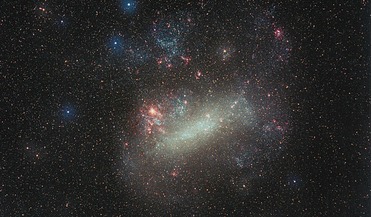 28 November 2018
A hidden giant found lurking close to the Milky Way
28 November 2018
A hidden giant found lurking close to the Milky Way
... in, this newly discovered behemoth is similar in size to another of the Milky Way’s satellite galaxies; the Large Magellanic Cloud (LMC). With a gigantic physical size of around 2.9 kiloparsecs, this is the only similarity the two share though...
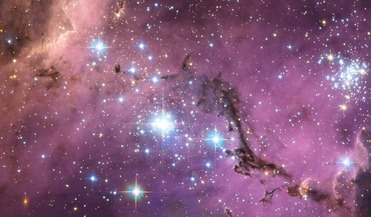 26 April 2019
As mystery of the Universe’s expansion rate widens, a simple solution is offered
26 April 2019
As mystery of the Universe’s expansion rate widens, a simple solution is offered
... the light from pulsating stars called Cepheid variables in a neighbouring satellite galaxy known as the Large Magellanic Cloud (LMC). Cepheids vary their brightness in such a dependable and regular way that they have become an important...
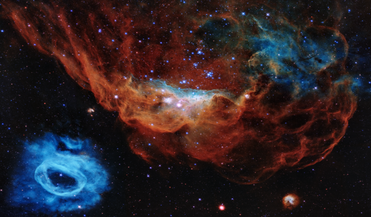 28 April 2020
Hubble turns 30!
28 April 2020
Hubble turns 30!
... its smaller blue neighbor (NGC 2020) are part of a vast star-forming region in the Large Magellanic Cloud, a satellite galaxy of the Milky Way, located 163,000 light-years away. The image is nicknamed the...
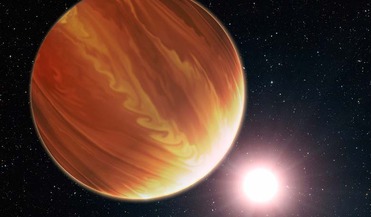 26 April 2016
Sulphur chemistry could be the key to clouds on many exoplanets
26 April 2016
Sulphur chemistry could be the key to clouds on many exoplanets
... suggested, carbon monoxide is expected to be abundant in its atmosphere, however this cannot be substantiated with current data. Global clouds of iron and silicate have also been postulated as a possibility, but these are expected to have sunk well...
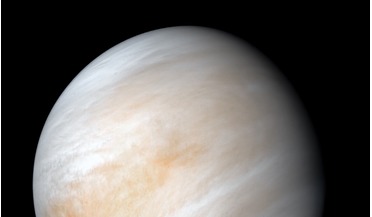 30 June 2021
Life as we know it is not possible in Venus' clouds, new study says
30 June 2021
Life as we know it is not possible in Venus' clouds, new study says
...published this week in Nature Astronomy. It is so low because high concentrations of sulphuric acid – the bulk constituent of Venus’ clouds – reduce the water activity in the planet’s atmosphere. "We bent over backwards to argue that the most extreme...
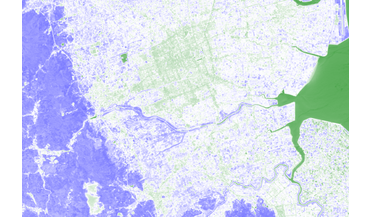 25 April 2023
Cloud-based platform to be used for satellite imagery analysis
25 April 2023
Cloud-based platform to be used for satellite imagery analysis
...will be made available to users of Metaspectral Fusion, a cloud-based platform for the real-time analysis of hyperspectral imagery ...-time using artificial intelligence (AI) via its scalable, cloud-based platform. The software is already deployed in ...